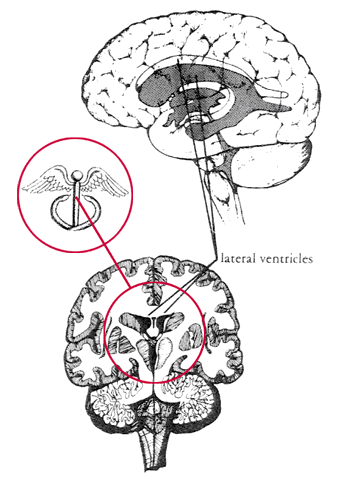|
|
| 24. WORLD OF DUALITY | (Taoism) The psychological condition in which everything has an opposite side, in enlightenment everything is the same as God and is God, just divided, but not different. |
| 25. HERO IN A CAGE | Greek mythology |
| 26. AHH-HA! | The sudden intellectual understanding is not the same as the actual experience. |
| 27. AKRASIA | Greek, Plato, in its truest meaning. It means the lack of self-knowledge that one is spirit, i.e., the lesser egoic-I state, the subordinate state. |
| 28. THE ABYSS | From the Greek and Taoism, the abode of the spiritually dead, unenlightenment, lost in infinite state of the psychological personality, the ego-I, the separated condition, identification with the physical body and mind. Also called Hell, Sheol, Gehenna, The Underworld. |
| 29. ANTI-PHILOSPHER
(SOPHIST) |
From Plato,“The condition which is in each person,” the Ego-I or psychological egoic personality. NARCISSUS, the one that is separate (from universal consciousness). ERISTOKOS = one who is lost in the love of words, conversation, preoccupation with thoughts and knowing (artificial knowledge).Obsessive compulsive? |
| 30. IGNORANCE | Socrates, "There is only one evil - ignorance." i.e., the lack of any spiritual, mystical or religious experience that one is eternal spirit. |
THE CADUCEUS
The System of Ventricles in the Brain:

The shapes of the lateral ventricles are the anatomical source for the traditional mystical symbols of the "high place" in the brain-mind. The cross-section of the brain viewed from the side revels the shape of the "swan," the "dove," or the "wings" of the caduceus. The cross-section of the brain viewed from the rear or from the front revels the crescent shape of the lateral ventricles. The crescent or quarter is also a primary traditional symbol for the higher consciousness of the brain-mind.